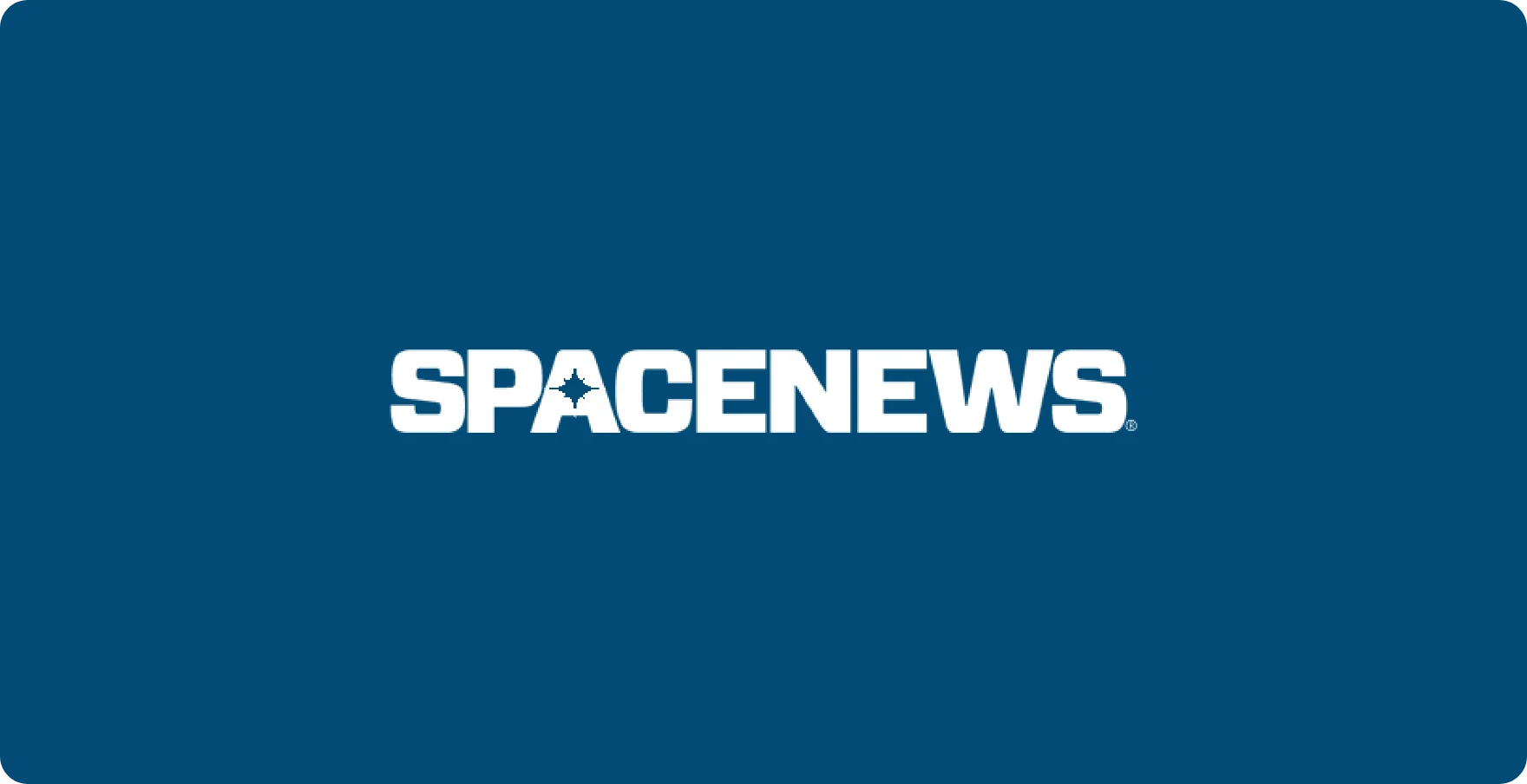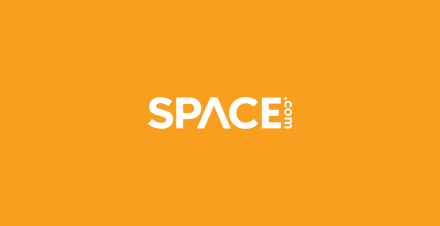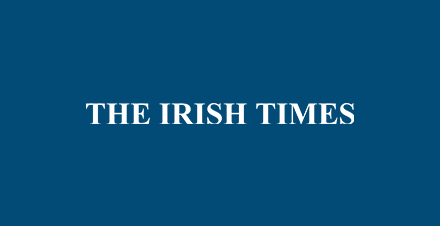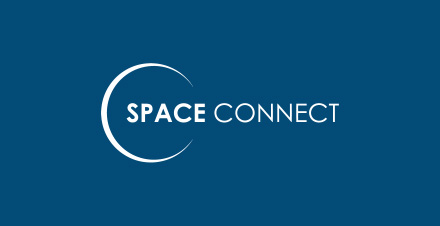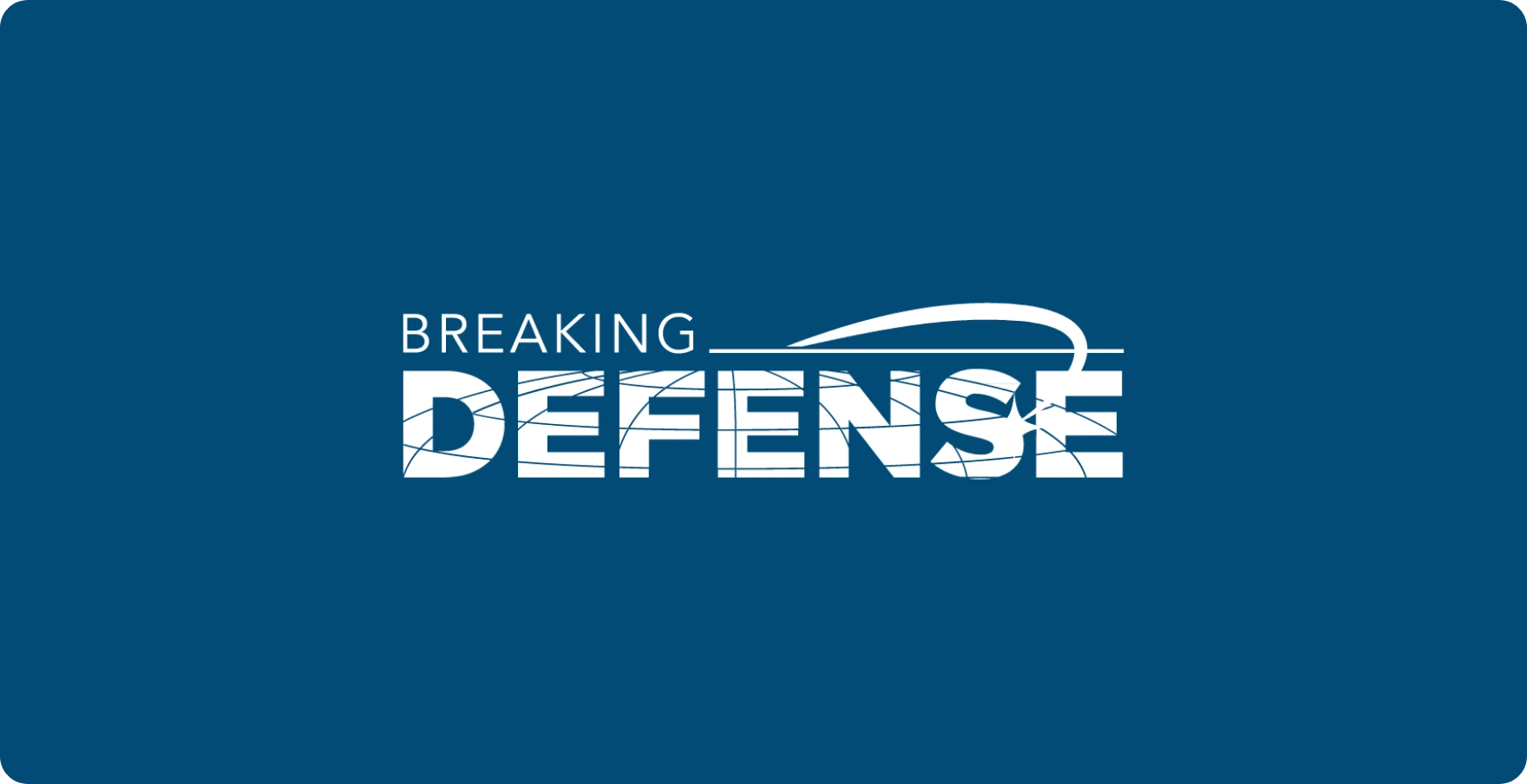An old rocket body and military satellite—large pieces of space junk dating back to the Soviet Union—nearly smashed into each other on Friday morning, in an uncomfortable near-miss that would’ve resulted in thousands of pieces of debris had they collided.
Newsroom
LeoLabs scans skies with West Australian Space Radar
LeoLabs announced the commissioning of its West Australian Space Radar to improve tracking of satellites and debris in low-Earth orbit.
LeoLabs spotted a near-miss between two defunct Soviet space objects, a rocket body and dead spy satellite, that missed one another by an incredibly small margin.
LeoLabs collision avoidance services are mentioned in this article exploring the benefits of more orbital data.
Collie joins worldwide grid of space radars
LeoLabs operates six space radar sites around the globe, and its latest addition in Collie is just weeks away from firing up.
LeoLabs finishes WA space radar construction
LeoLabs has completed construction of their sixth space radar site in Collie, Western Australia, naming it the West Australian Space Radar (WASR).
The FCC’s Rules on Space Junk Just Got Stricter
A new and contentious five-year limit for getting rid of dead satellites could slow the growing orbital litter problem—if people actually abide by it.
“It’s a new and encouraging step in the right direction in terms of space domain awareness and a welcome collaboration within the industry,” said Denis Bensousan, of London-based insurance firm Beazley.
Join Bloomberg’s Ashlee Vance as he visits LeoLabs headquarters in Menlo Park, California in this episode of “Hello World”.
Dr. Darren McKnight, LeoLabs Senior Technical Fellow, discusses the urgent need for the US government to take a leadership position globally in facilitating the removal of dangerous derelict objects in space that pose the highest levels of collision risk.

